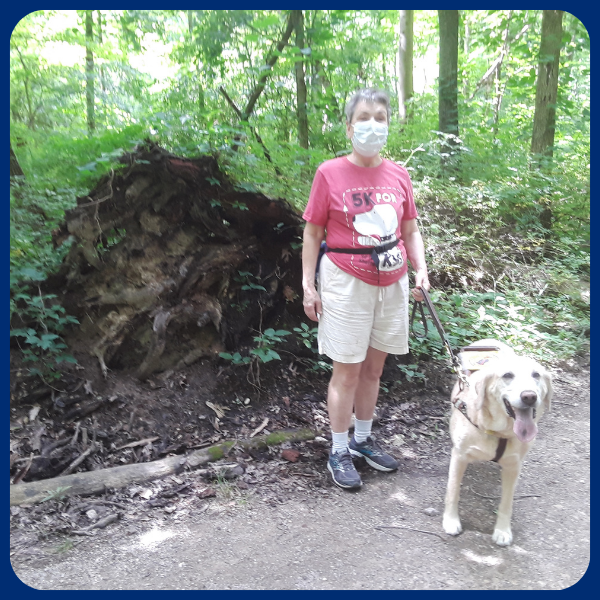How Do We Make Healthcare More Inclusive?

Learn more: afb.org/Healthcare
How Do We Improve Employment Access?

To address this issue, AFB Consulting has teamed with Mississippi State University to explore the current state of online application platform accessibility and usability, and to provide context for what the user experience is like for people using assistive technology.
According to William Reuschel, director of client services and technical development for AFB Consulting, this research can be used to create a “report card” for each platform. “That’s a deliverable we can use to increase their awareness of the issues and let them know AFB Consulting is here to help.”
Why Don’t More People Use Guide Dogs?

“We want to understand more about how we can help people think through their concerns—including caring for a dog, financial resources, and visual requirements—to create a plan for Guide Dogs for the Blind to help potential guide dog users understand the nuances of the application process and the responsibilities of guide dog ownership,” says Arielle Silverman, Ph.D., AFB’s research specialist.
Ultimately, she adds, the goal is to reach people who have not embraced the guide dog lifestyle, because guide dogs can be an important tool for independence and productivity.